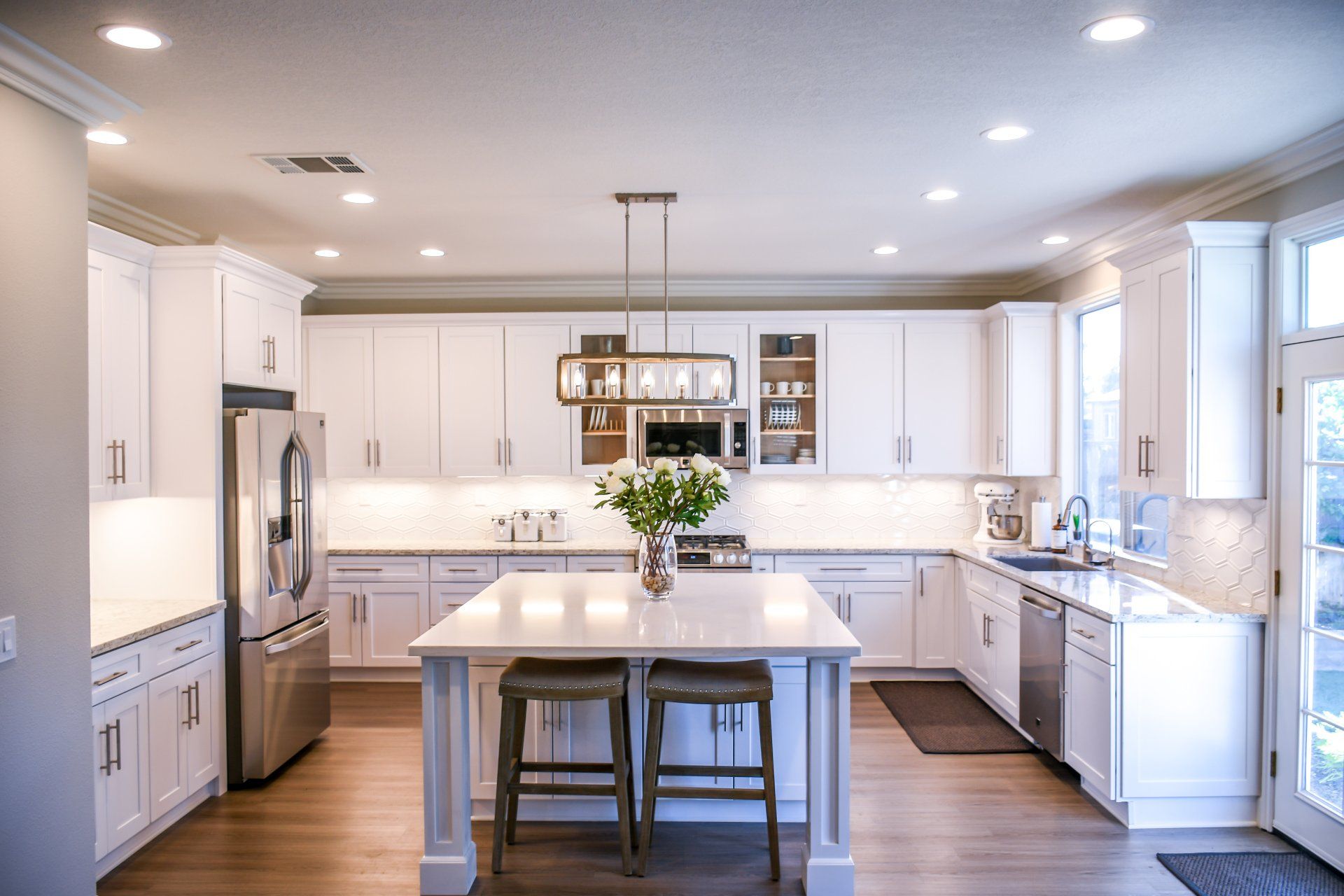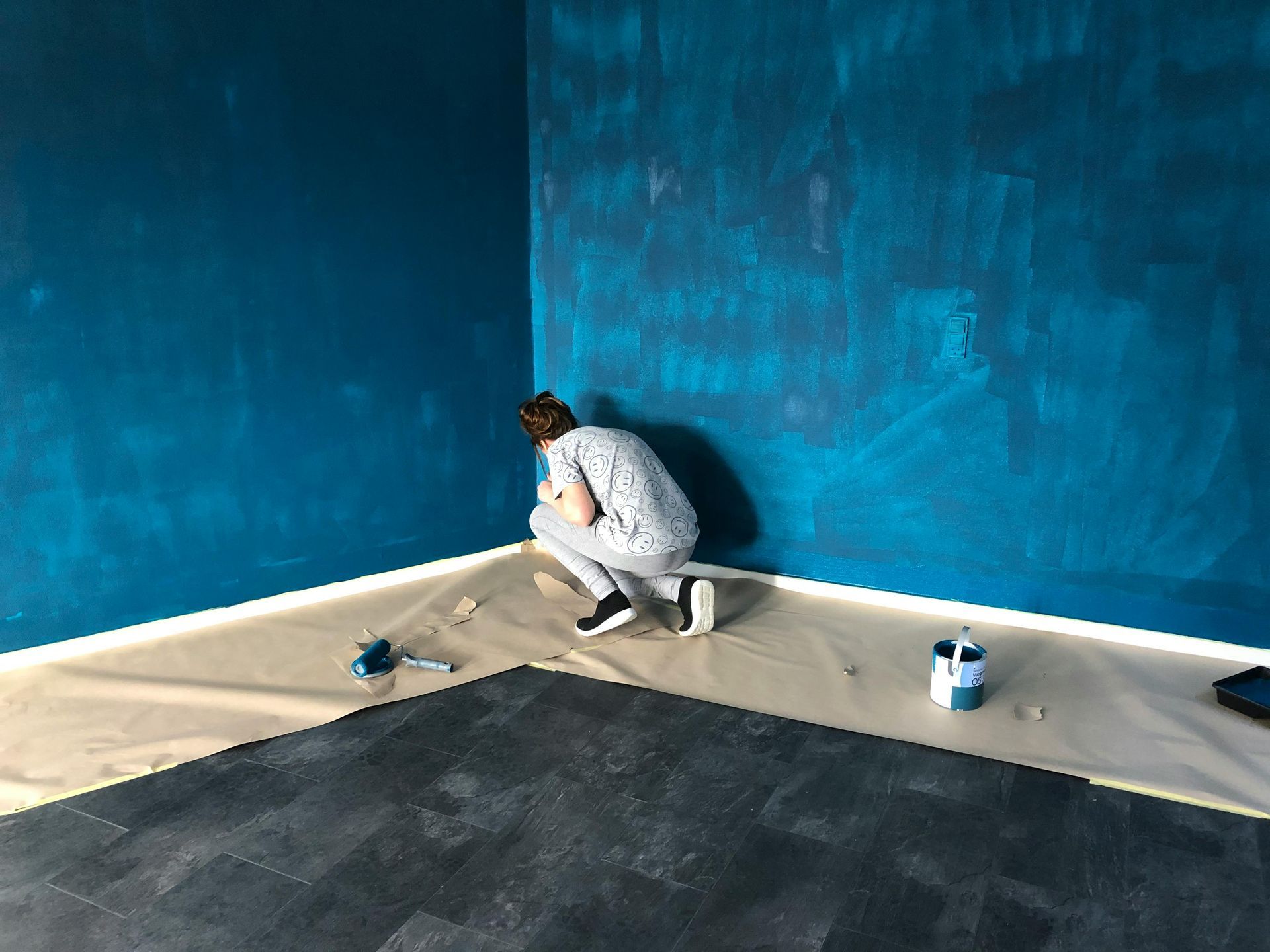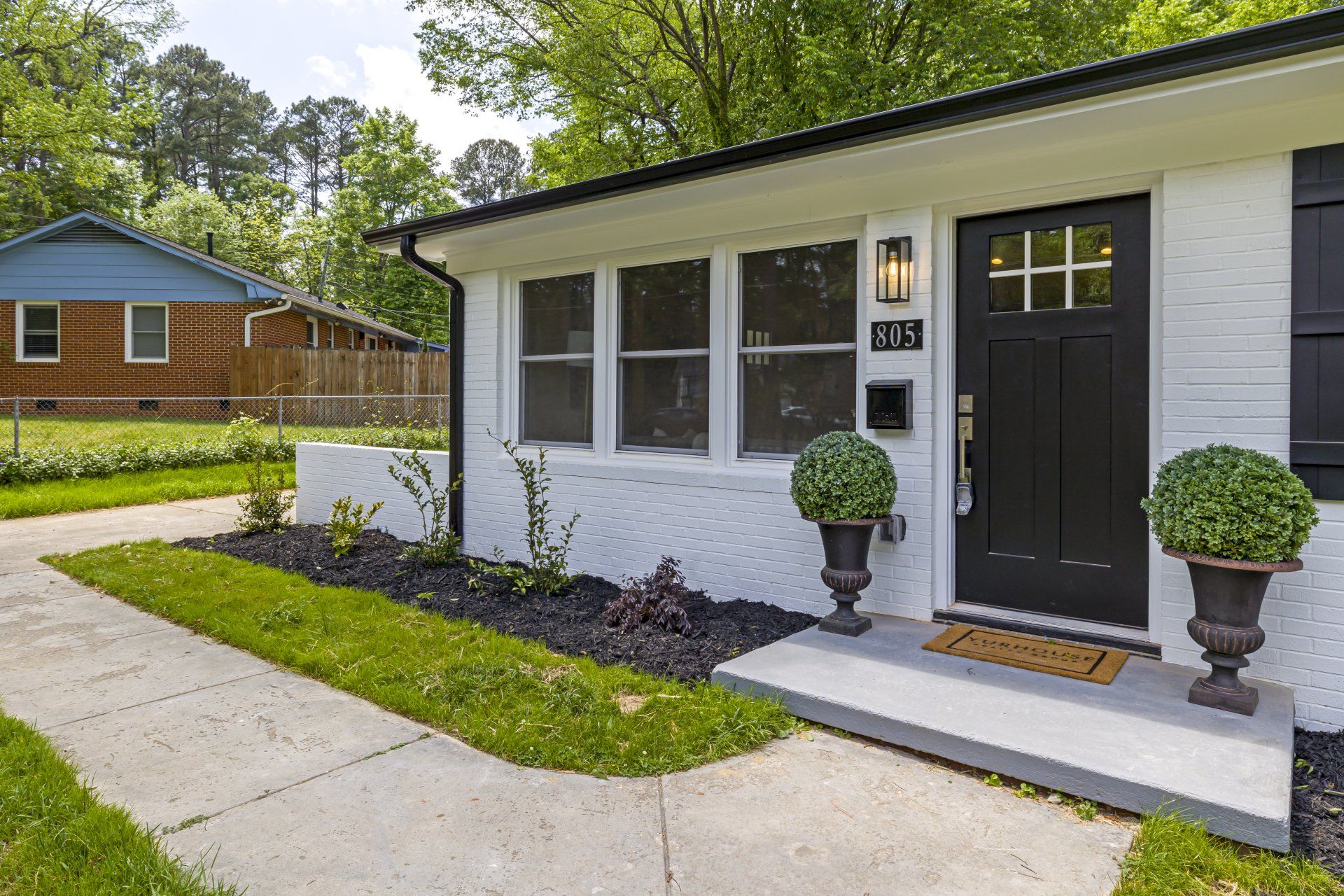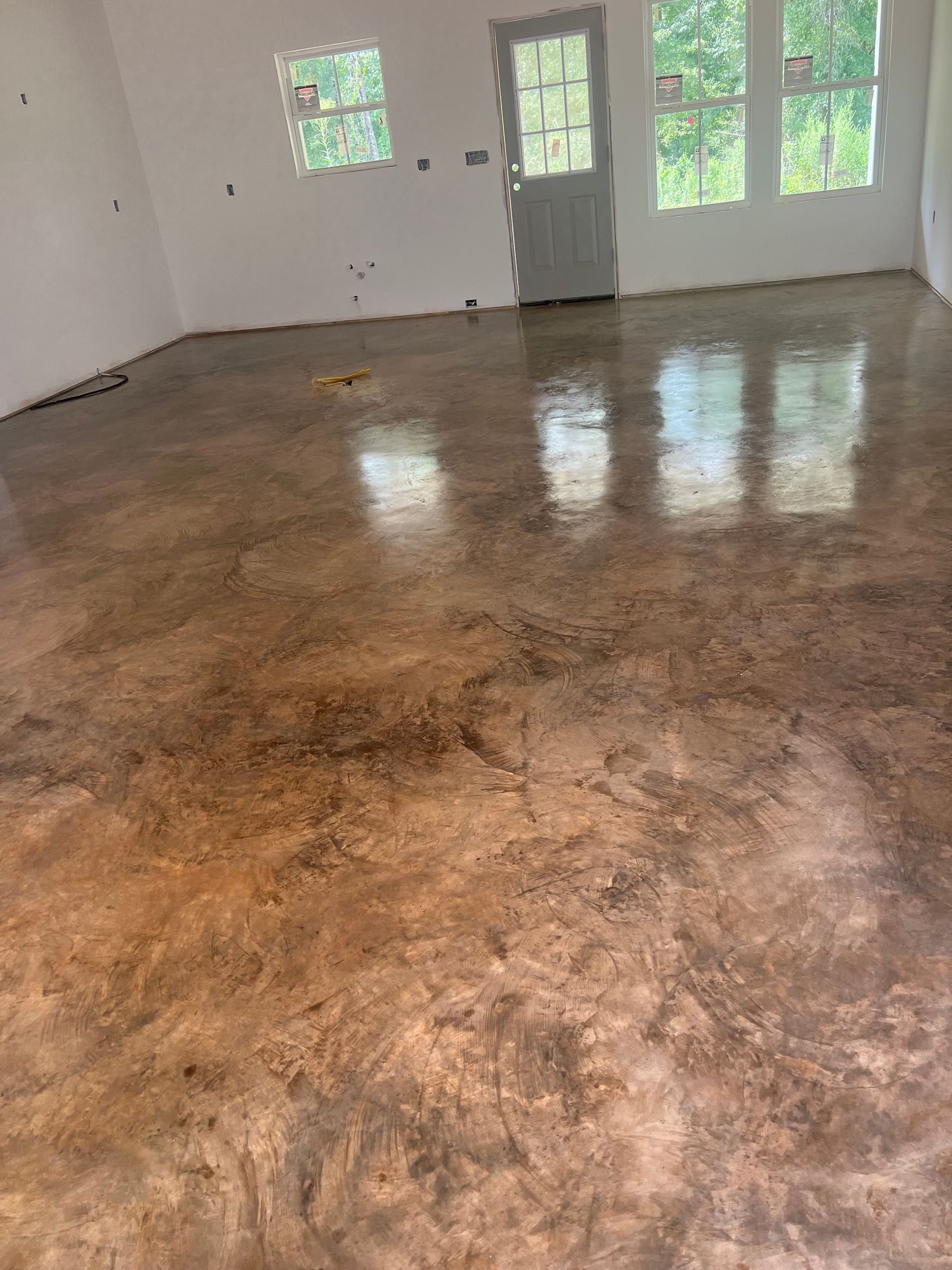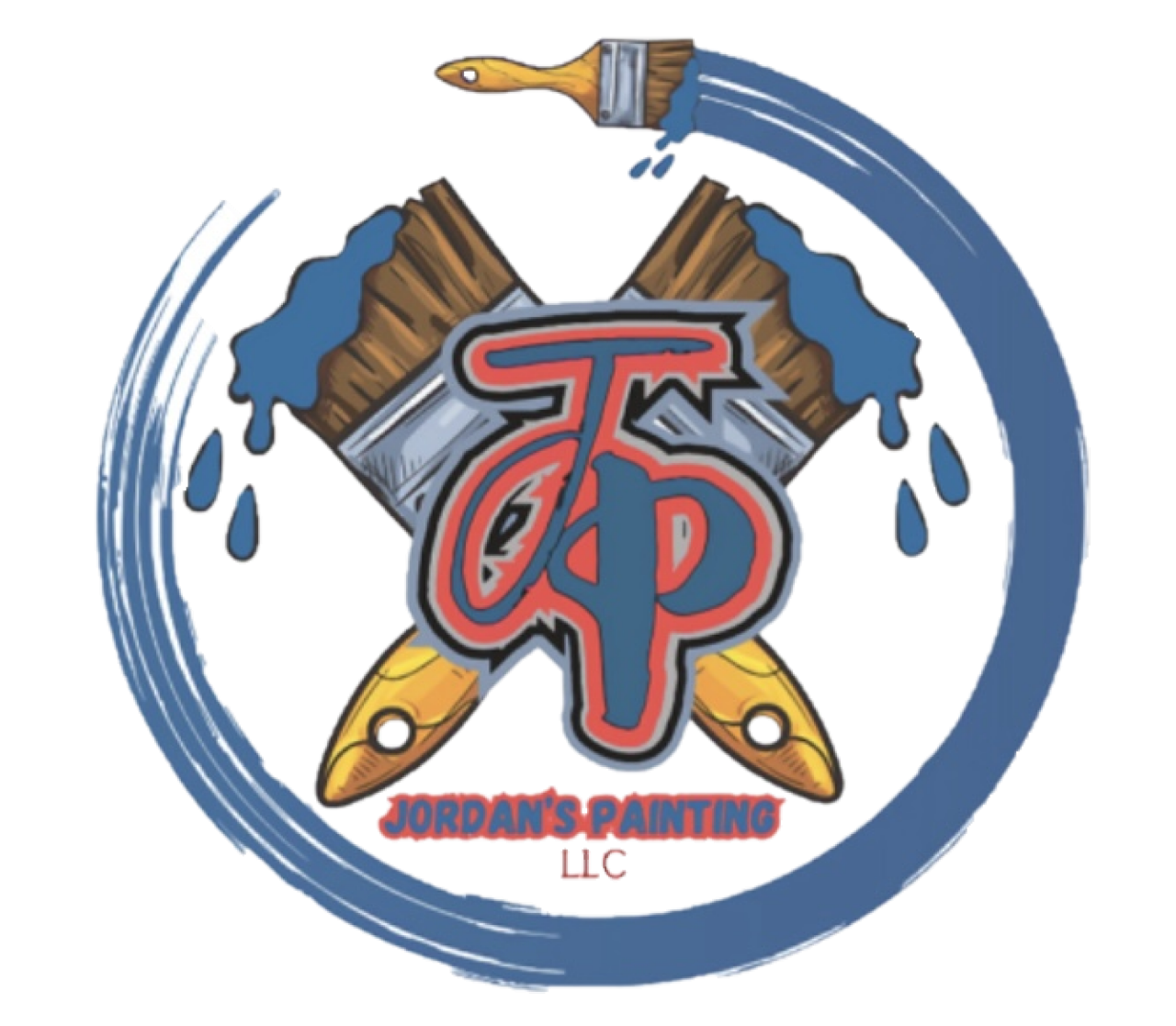
We have over 13 years of experience in interior painting, exterior painting and decorative concrete flooring. Call us today for a FREE quote!
Contact Details
Address:
New Paragraph
Phone No:
Email:
Site Links
© 2026
All Rights Reserved|Covington Painter
Website by Digi-All
